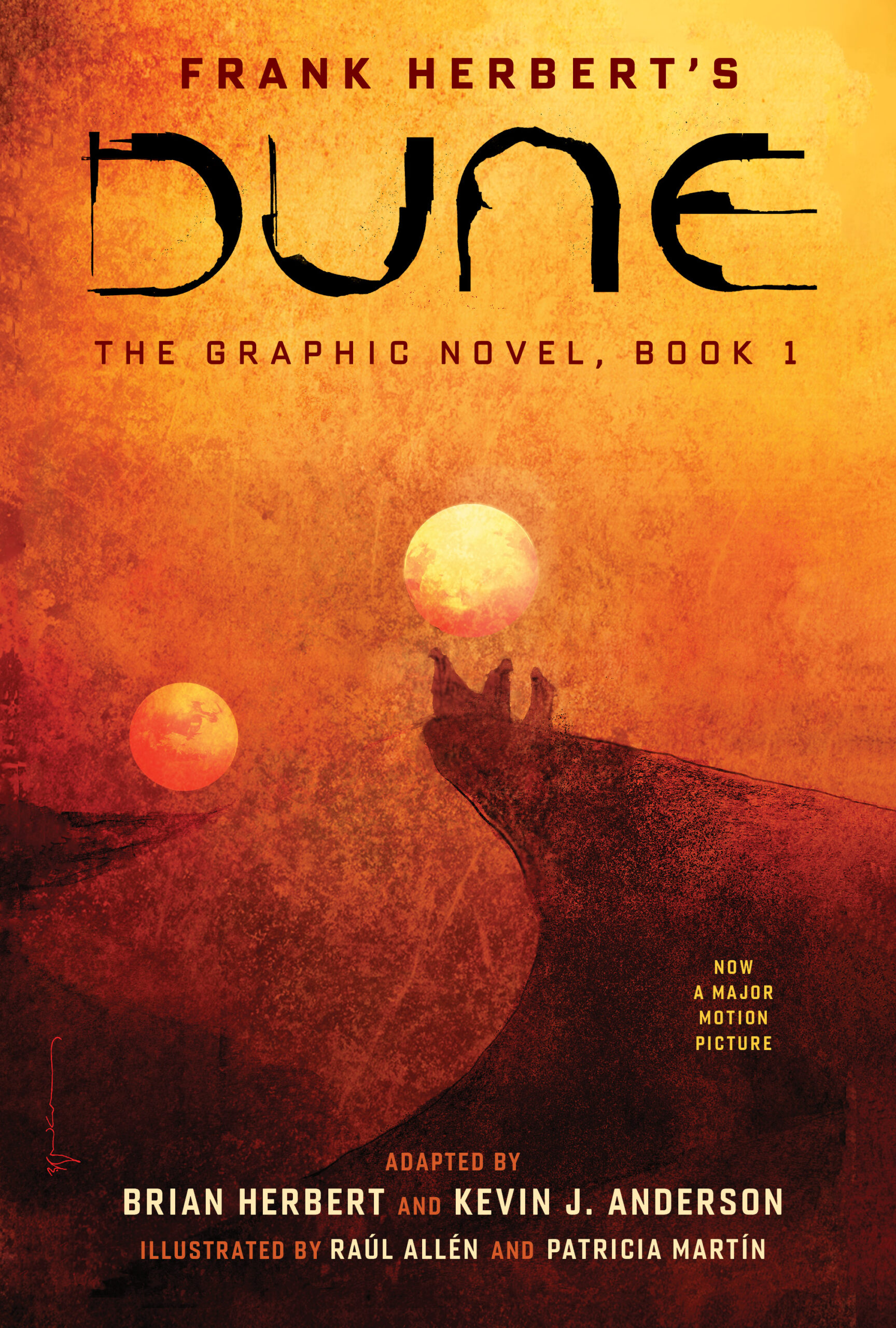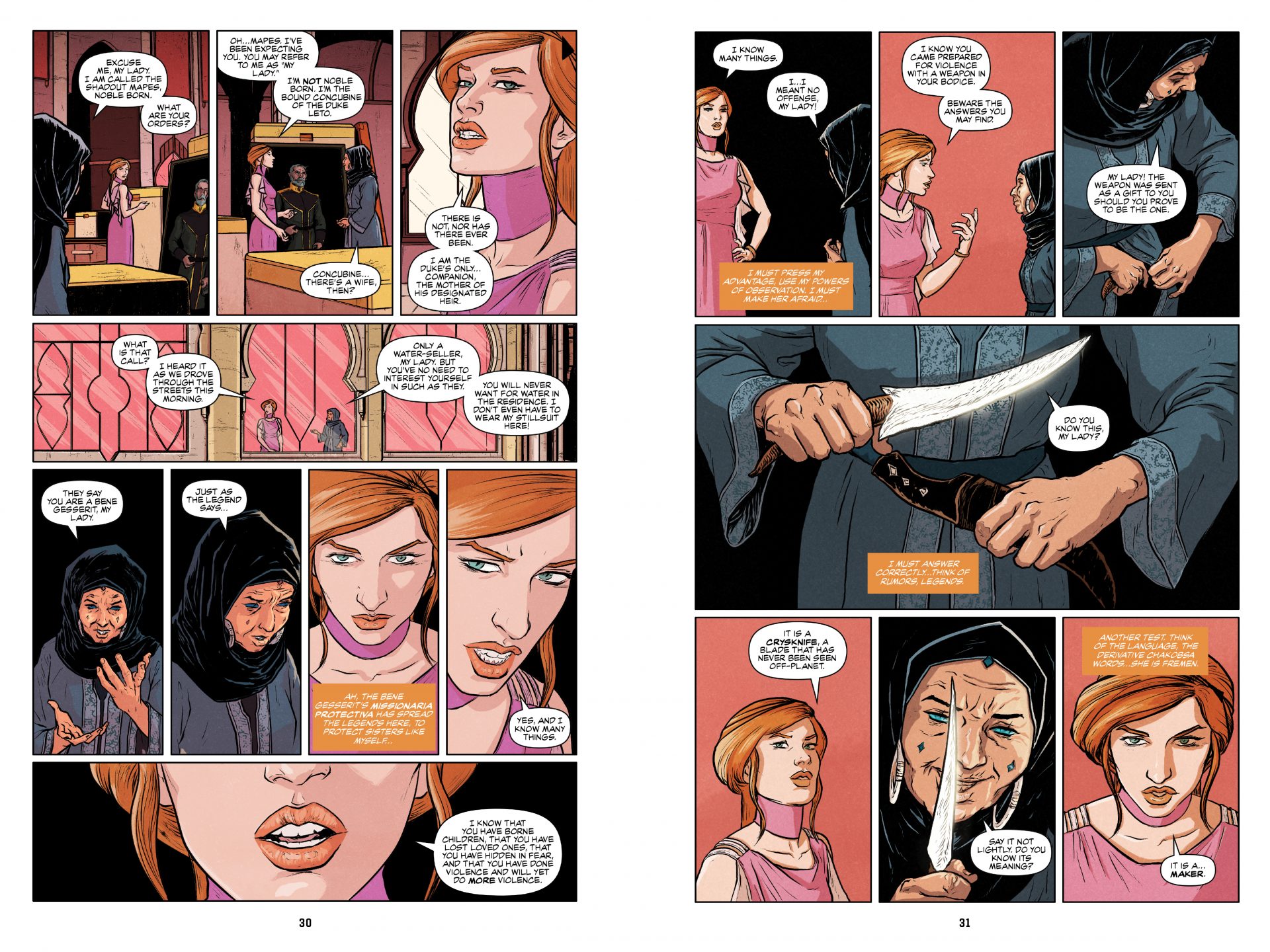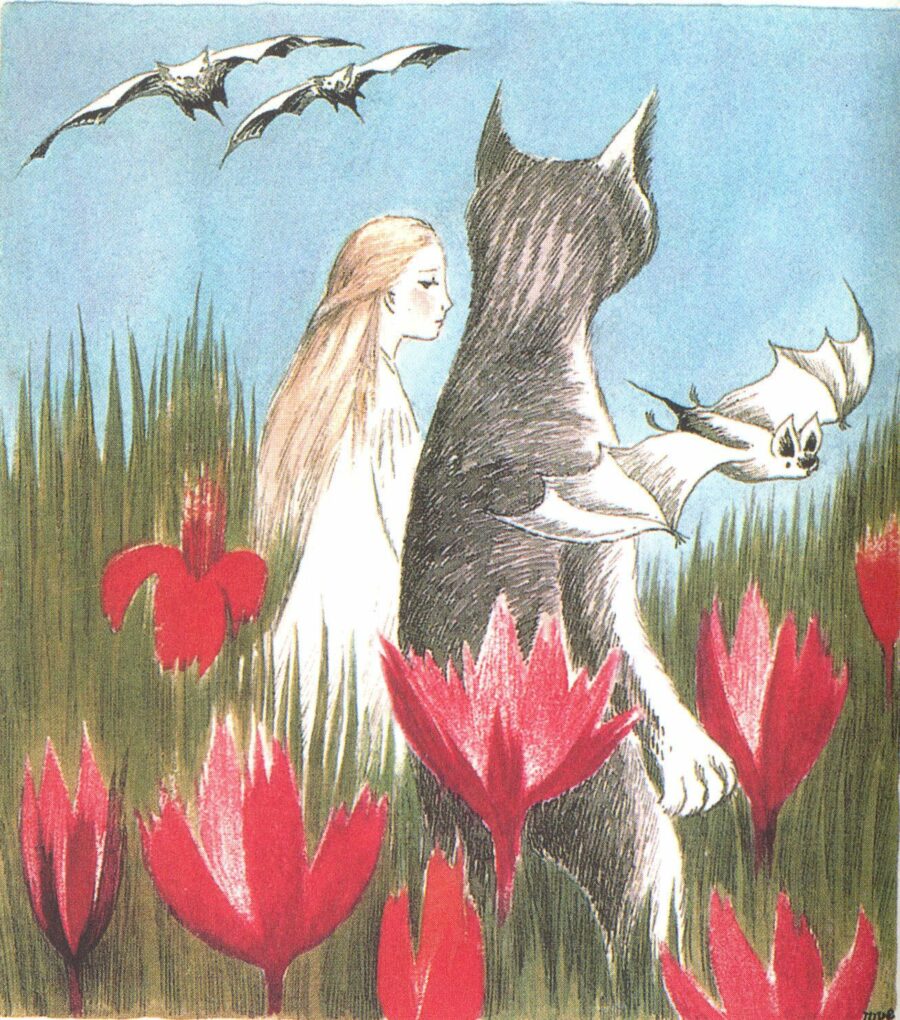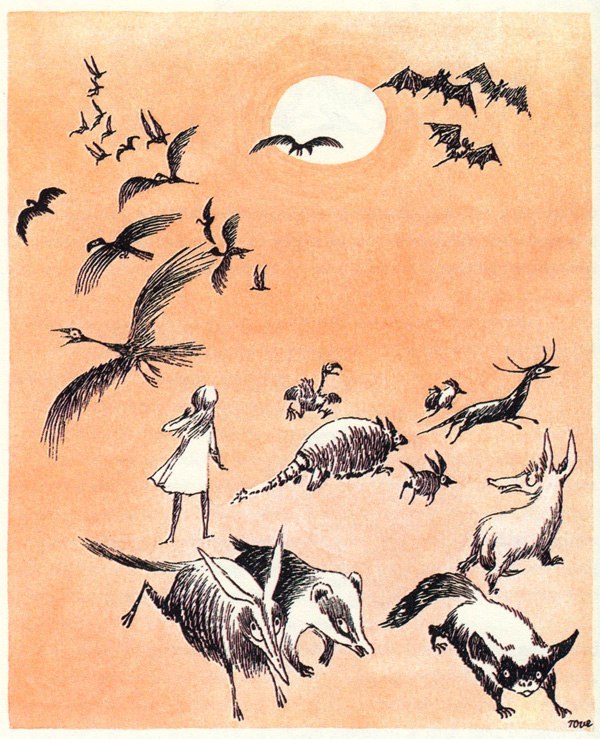This past fall David Sedaris published his first full-fledged anthology, The Best of Me. It includes “Six to Eight Black Men,” his story about bewildering encounters with European Christmas folktales, but not “The Santaland Diaries,” which launched him straight into popular culture when he read it aloud on National Public Radio’s Morning Edition in 1992. True to its title, that piece is drawn from entries in his diary (the rigorous keeping of which is the core of his writing process) made while employed as one of Santa’s elves at Macy’s Herald Square in New York. Not only was the subject seasonally appropriate, Sedaris captured the varieties of seething resentment felt at one time or another — not least around Christmas — by customer-service workers in America.
According to a Macy’s executive who worked at Herald Square at the time, Sedaris made an “outstanding elf.” (So the New Republic’s Alex Heard discovered when attempting to fact-check Sedaris’ work.) Whether or not he has fond memories of his time in “green velvet knickers, a forest-green velvet smock and a perky little hat decorated with spangles,” he holds “The Santaland Diaries” itself in no regard whatsoever. “I’m grateful that I wrote something that people enjoyed, but because it was my choice what went into this book, I was so happy to exclude it,” he says in an interview with WBUR about The Best of Me. “I wanted its feelings to be hurt.”
Over the past 28 years he has seized numerous opportunities to disparage the piece that made him famous.“I have no idea why that went over the way that it did,” Sedaris once admitted to Publisher’s Weekly. “There are about two early things I’ve written that I could go back and read again, and that’s not one of them.” And by the time of that first Morning Edition broadcast, he had already been keeping his diary every day for fifteen years. “When you first start writing, you’re going to suck,” he says in the Atlantic video just below. In his first years writing, he says, “I was sitting at the International House of Pancakes in Raleigh, North Carolina with a beret screwed to my head,” and the result was “the writing you would expect from that person.”
Since then Sedaris’ dress has become more eccentric, but his writing has improved immeasurably. “I want to be better at what I do,” said Sedaris in a recent interview with the Colorado Springs Independent. “It’s just something that I personally strive for. Which is silly, because most people can’t even recognize that. People will say, ‘Oh, I loved that Santaland thing.’ And that thing is so clunkily written. I mean, it’s just horribly written, and people can’t even see it.” Much of the audience may be “listening to the story, but they’re not paying attention to how it’s constructed, or they’re not paying attention to the words that you used. They’re not hearing the craft of it.” But if you listen to “The Santaland Diaries” today, you may well hear what Ira Glass did when he and Sedaris originally recorded it.
As a young freelance radio producer who had yet to create This American Life, Glass first saw the thoroughly non-famous Sedaris when he read from his diary onstage at a Chicago club. Glass knew instinctively that Sedaris’ distinctive voice as both writer and reader would play well on the radio, as would his even more distinctive sense of humor. But it wasn’t until a few years later, when he called on Sedaris to record a holiday-themed segment for Morning Edition, that Glass understood just what kind of talent he’d discovered. “I remember we got to the part where you sing like Billie Holiday,” Glass told Sedaris in an interview marking the 25th anniversary of “The Santaland Diaries.” “I was a pretty experienced radio producer at that point, and I was like, ‘This is a good one.’ ”
Related Content:
20 Free Essays & Stories by David Sedaris: A Sampling of His Inimitable Humor
David Sedaris Creates a List of His 10 Favorite Jazz Tracks: Stream Them Online
Why David Sedaris Hates America’s Favorite Word, “Awesome”
Based in Seoul, Colin Marshall writes and broadcasts on cities, language, and culture. His projects include the Substack newsletter Books on Cities, the book The Stateless City: a Walk through 21st-Century Los Angeles and the video series The City in Cinema. Follow him on Twitter at @colinmarshall, on Facebook, or on Instagram.













